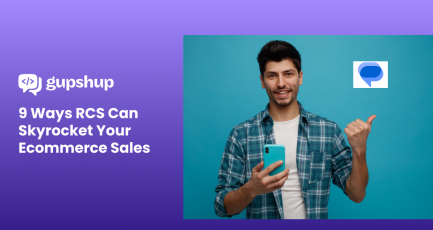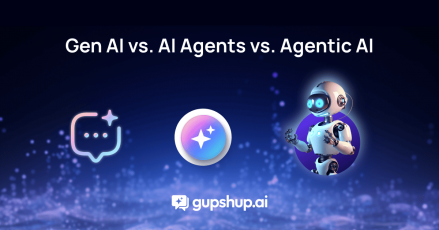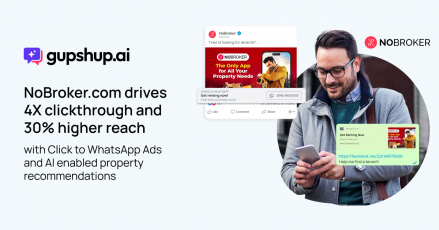Conversational Marketing: Take Your Brand Closer To The Consumer
On June 10, 2021Notes
In this episode of #ConversationalMessaging Podcast, Gupshup CEO Beerud Sheth and VP of Marketing Srini Vijayaraghavan discuss how marketing evolved with the infusion of technology such as Conversational AI.. They talk about the evolution of marketing from offline to digital, and now, conversational.
Conversational Marketing Appeals To Intimacy
What makes conversational marketing better than offline and digital marketing is its ability to appeal to consumers’ intimacy and relationship with the brand. Conversational marketing can make the consumers’ experience highly personalized as they are talking to someone who knows them by their names, styles, preferences, and dislikes. The best thing about it is it doesn’t cost that much to invest in, as it can be tied to the brand’s existing marketing campaigns.
Conversational Marketing Personalizes Consumers’ Experience
For most brands, having personal “shopping assistants” is only available for VIPs and premium-type of consumers who shop. However, with conversational marketing, it becomes possible for everyone to get their own shopping assistant/concierge/partner/helper that would be helpful in making valuable decisions for each purchase, only with the use of their smartphones. Beerud compares this level of experience with notable brands like Nordstrom and Zappos, which are both known for their top-tier customer service.
There’s the offline analogies of that. With conversational marketing, you can replicate that same dynamic. That’s an extremely powerful thing.
Beerud Sheth, CEO of Gupshup
Conversational Marketing’s Powerful Entry Point
The first step towards shifting to conversational messaging is to have a platform (i.e. WhatsApp API, Telegram, SMS API, etc.) where your brand and your consumers can have a conversation. Once that has been set up, the next step is to find natural entry points like SMS campaigns, billboards, QR codes, or any existing campaign of the brand. Beerud shares that finding a powerful entry point provides richer experiences for the consumers and more opportunities for the brand to upsell and cross-sell.





